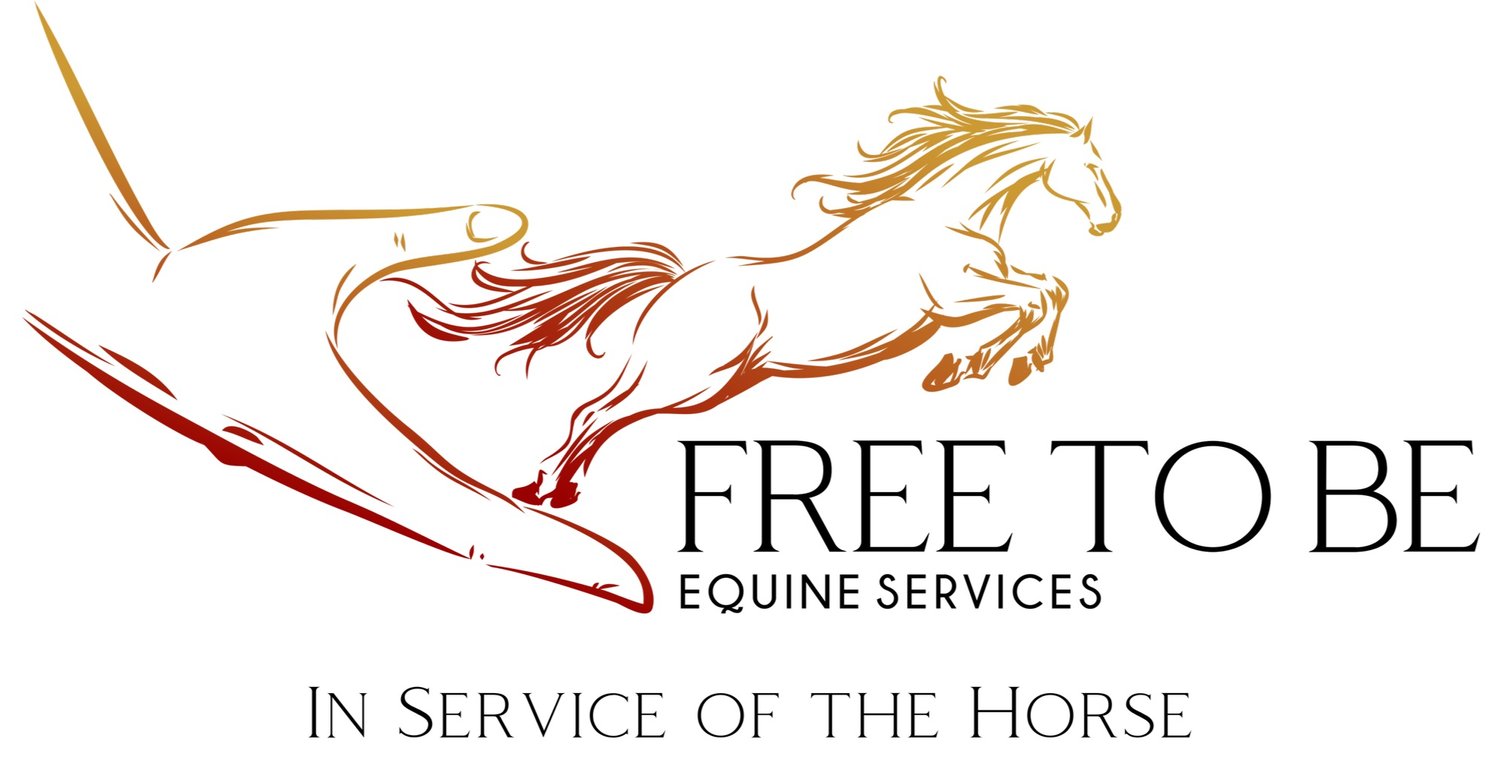Marketing for an equine bodyworker usually involves pointing out what problems the horse is having and how we can fix it with X, Y, Z therapeutic modality or technique. I see it all the time - I’ve used that same language myself - and it occurs in other areas of the industry as well, such as therapeutic products or service offerings like PEMF. I'm not saying these statements are never accurate. But lately I've been thinking about what it is exactly that we're doing, therapeutically speaking, and how we can educate our clients about it.
In my mind, these are the boxes that we MUST be checking with our sessions as professional equine therapists:
Are we knowledgeable enough to avoid doing any harm to this horse?
Is this horse receptive and consenting to what we're doing, and do we have the experience to read their (often very subtle) feedback?
Are we skilled enough to make some kind of positive difference for this horse, whether it is relieving discomfort, restriction, stress, or whatever word you choose to describe it?
If one or more of these boxes are not being checked off, we need to re-evaluate what we're doing for that horse. But if we're checking all of those boxes - is that alone enough to make the session worthwhile?
Sometimes horses have straight-forward issues that are simple to decipher and we can resolve it within a couple of sessions. But far more often, horses have all kinds of habits and patterns (physical and mental) built up over their lifetime. Unraveling it all to find the "root cause" is not nearly as simple as some people make it out to sound. An educated guess is often the very best we can hope for. There is no shame in this, and in the context of equine therapy, it does not mean the bodyworker is inexperienced or bad at what they do. I think it means that they are thorough (a skill that is usually developed through experience), and unwilling to give an inaccurate answer for the sake of sounding better to a client.
We know through studies of anatomy that nothing in the body exists independently of the other parts. Muscles and other tissues may look neatly separated and compartmentalized in the anatomy drawings, but take a look at dissection images or videos and you will see the reality. The bones, the nerves, the ligaments, the tendons, the muscles, the fascia, the organs - it's all interwoven. Nothing is isolated, and the “root cause” is very likely not that tight trapezius or weak gluteal. The body is not a machine, we cannot simply “fix” one part and expect everything to work smoothly again. There is even greater complexity to consider when we begin to look at other aspects of the horse’s life that affect his physical well-being. Nutrition, turn-out, training and exercise, emotional state, stress levels - the list goes on.
As bodyworkers, we are often guilty of over-simplifying our findings for ease of communication, fear of overstepping, or sometimes due to a lack of understanding. I've been trying to adjust my language to reflect looking at the body in a broader sense, and avoiding obscure statements like "I released X muscle" or "I adjusted Y joint”. People like hearing that kind of language because, generally speaking, we like things that are specific and tangible. But the fact is, bodywork is very rarely that simple and we (researchers included) don't truly understand how a lot of therapeutic modalities actually affect the body. In fact, a therapeutic modality may not even be the most helpful thing for that horse at the time. It may feel great for him, but maybe what he really needs is for someone to address his feet, his saddle fit, his nutrition, to rearrange his training schedule to lower his stress, or for his handlers to learn more about effective communication with the horse.
Does that mean that I think therapeutic modalities are useless? Of course not - my own physical and mental well-being has been greatly changed for the better from manual therapy work. We feel the positive effects in ourselves and our horses all the time. But we should be more careful about our explanations as professionals when things are not actually well understood. Beware of the professional who claims to have a fix for everything that is “wrong” with your horse, or that their modality is superior to every other therapy. And if what your therapist is doing with your horse sounds or looks ambiguous sometimes - it's because it is! I don't think that is negative or something to be hidden. If we are ticking those boxes I mentioned before, we are still helping the horse, even if we don't yet fully understand the science behind how it works. We also need to be constantly expanding our knowledge of equine physiology and science-based care and welfare, so that we are able to recognize the many other facets of horse health and comfort, and help to guide and empower our clients and their horses.
Let's normalize not always having a concrete answer. Isn't it better to not know, than to offer an explanation that may be false? We may not have credible scientific explanations for what we did. But if we created a positive experience for the horse, we need to be okay with accepting that for what it is. Meanwhile, science will do what it does, and continue to progress. We need to keep our minds open to what it will discover.
Kaiti Elliott
Certified Equine Performance Therapist
Fraser Valley, BC

